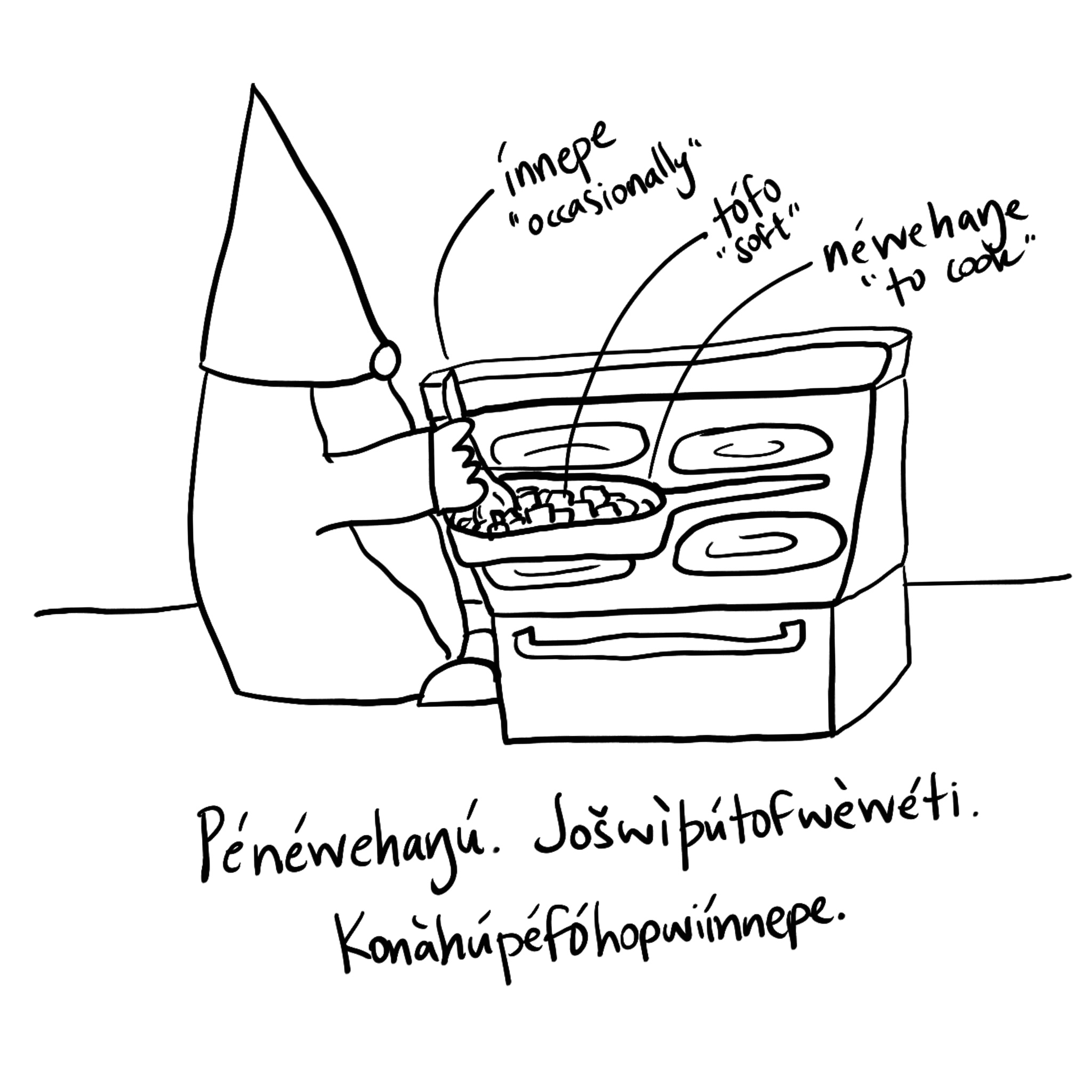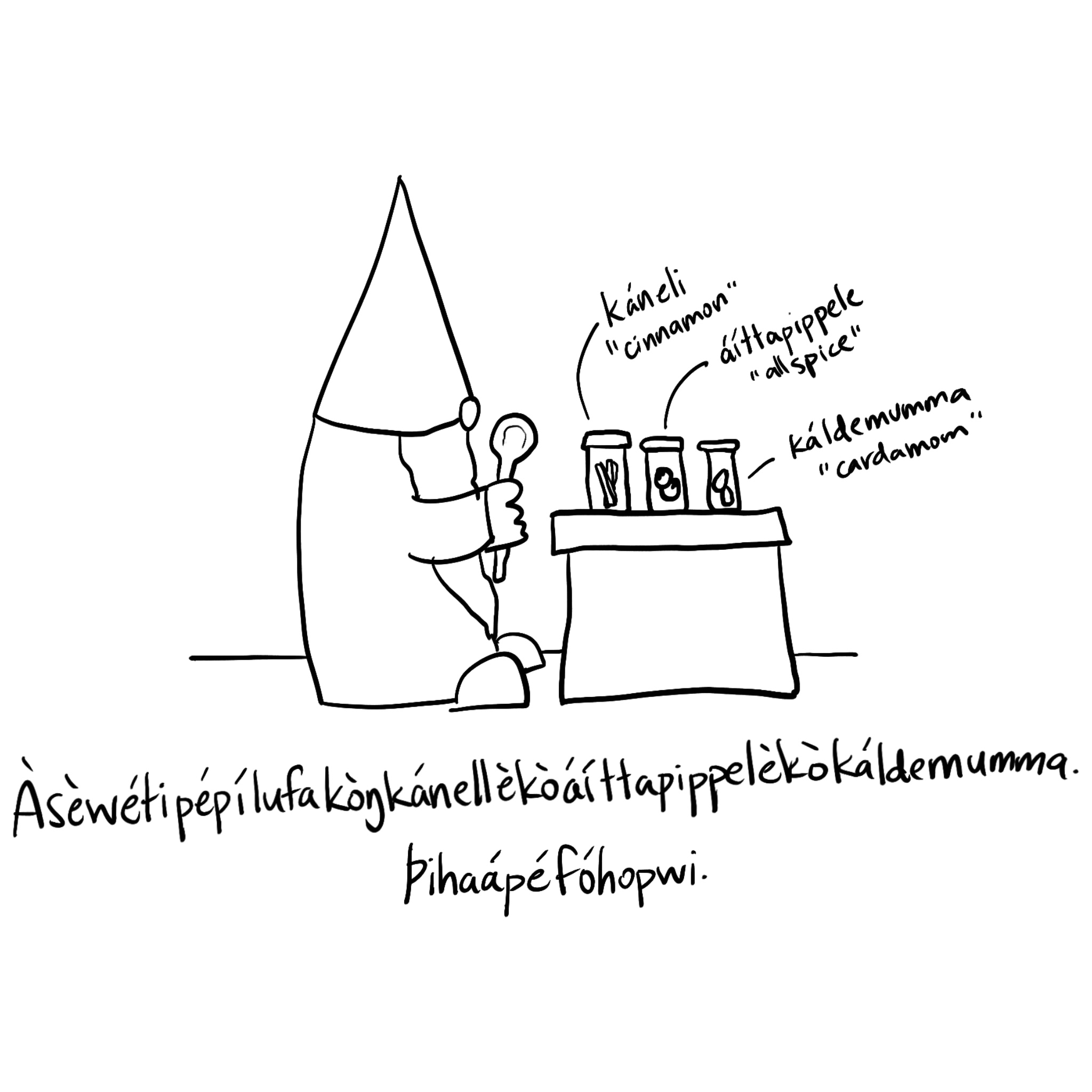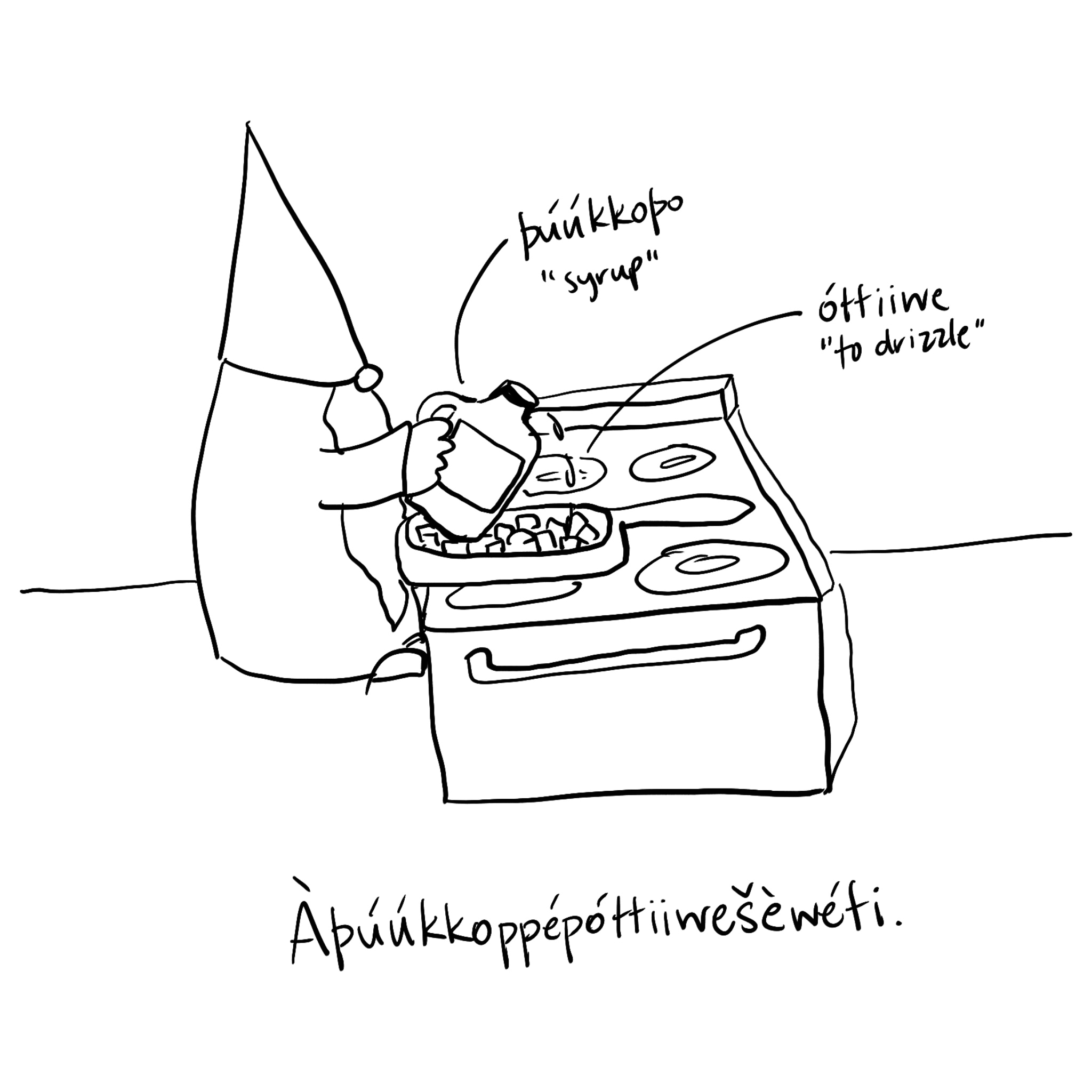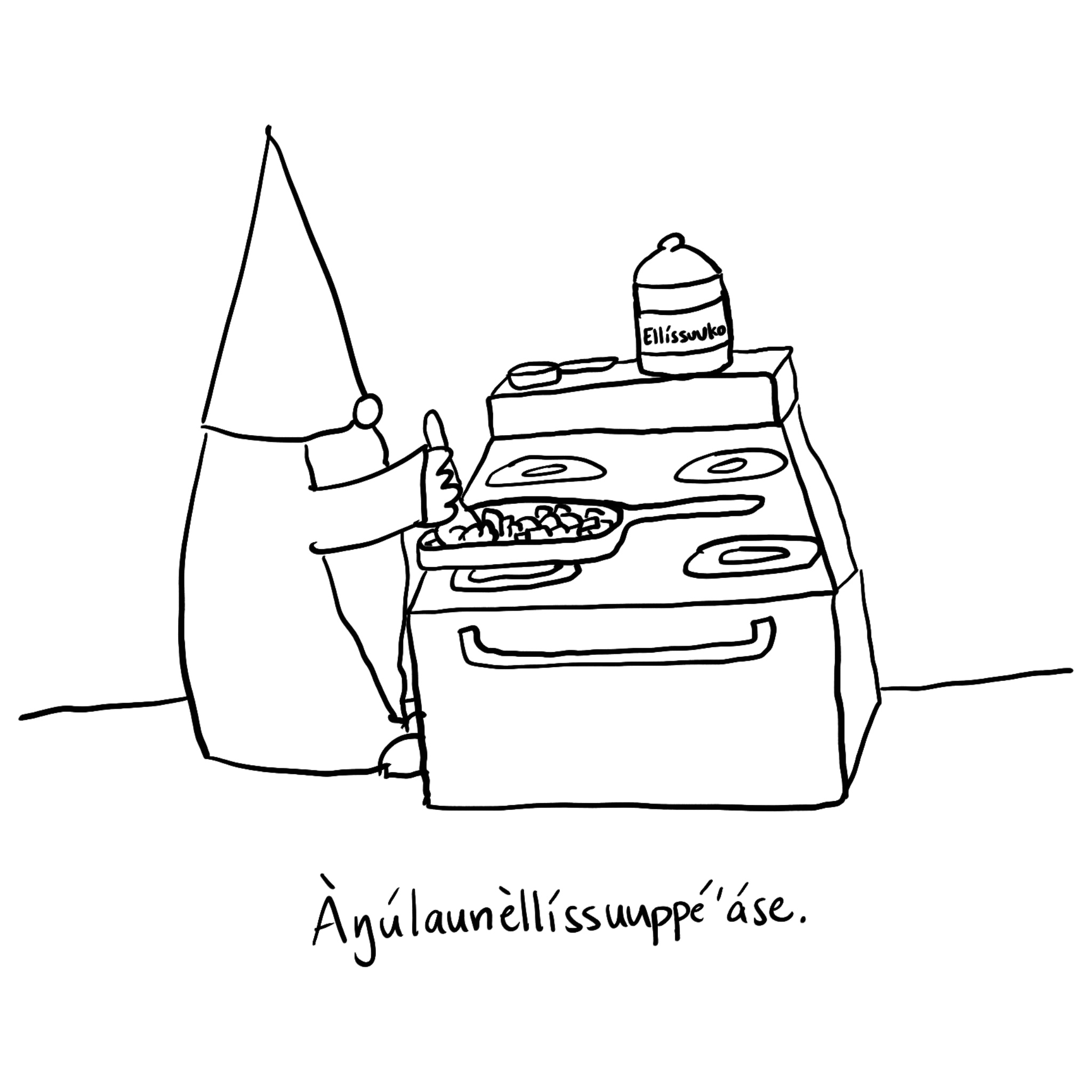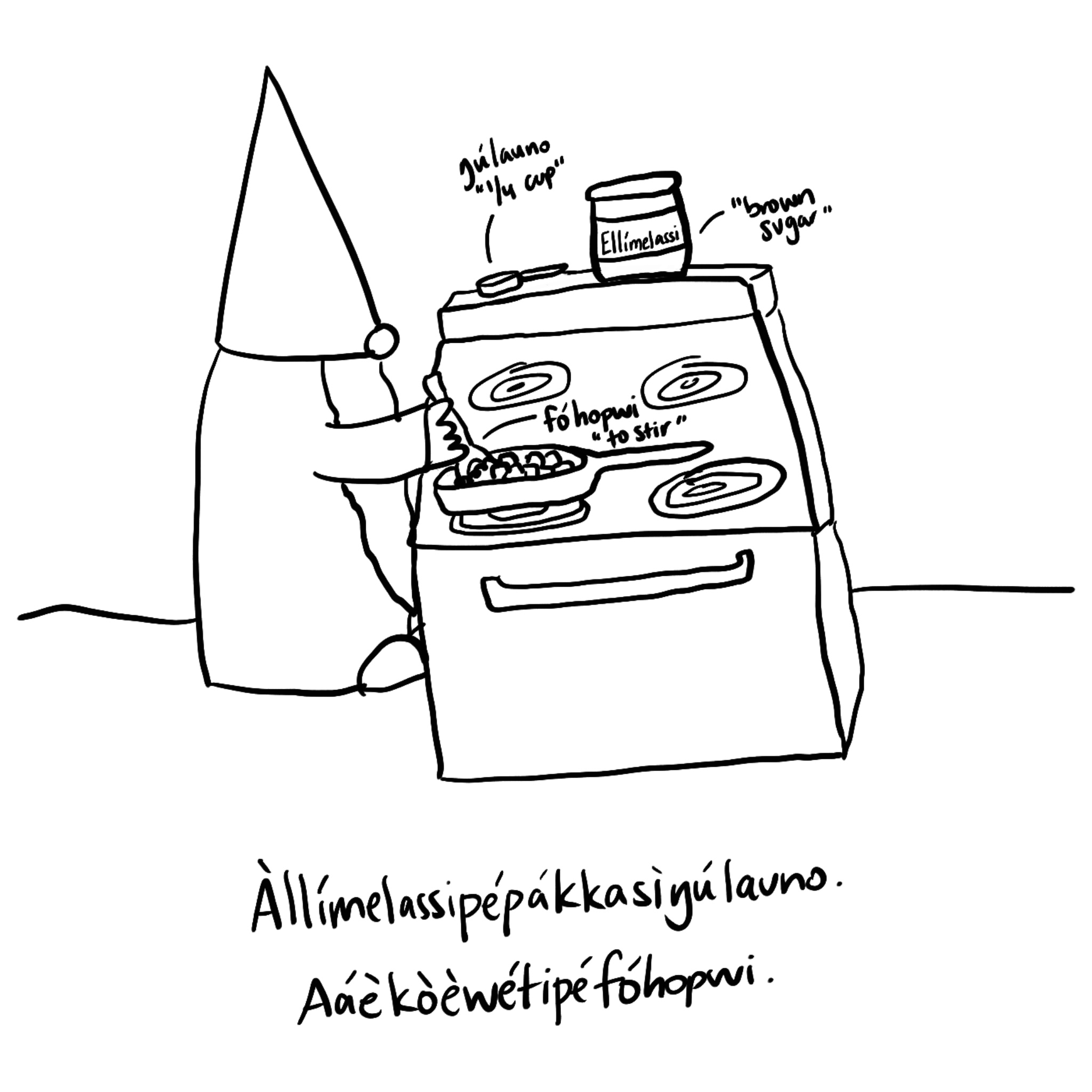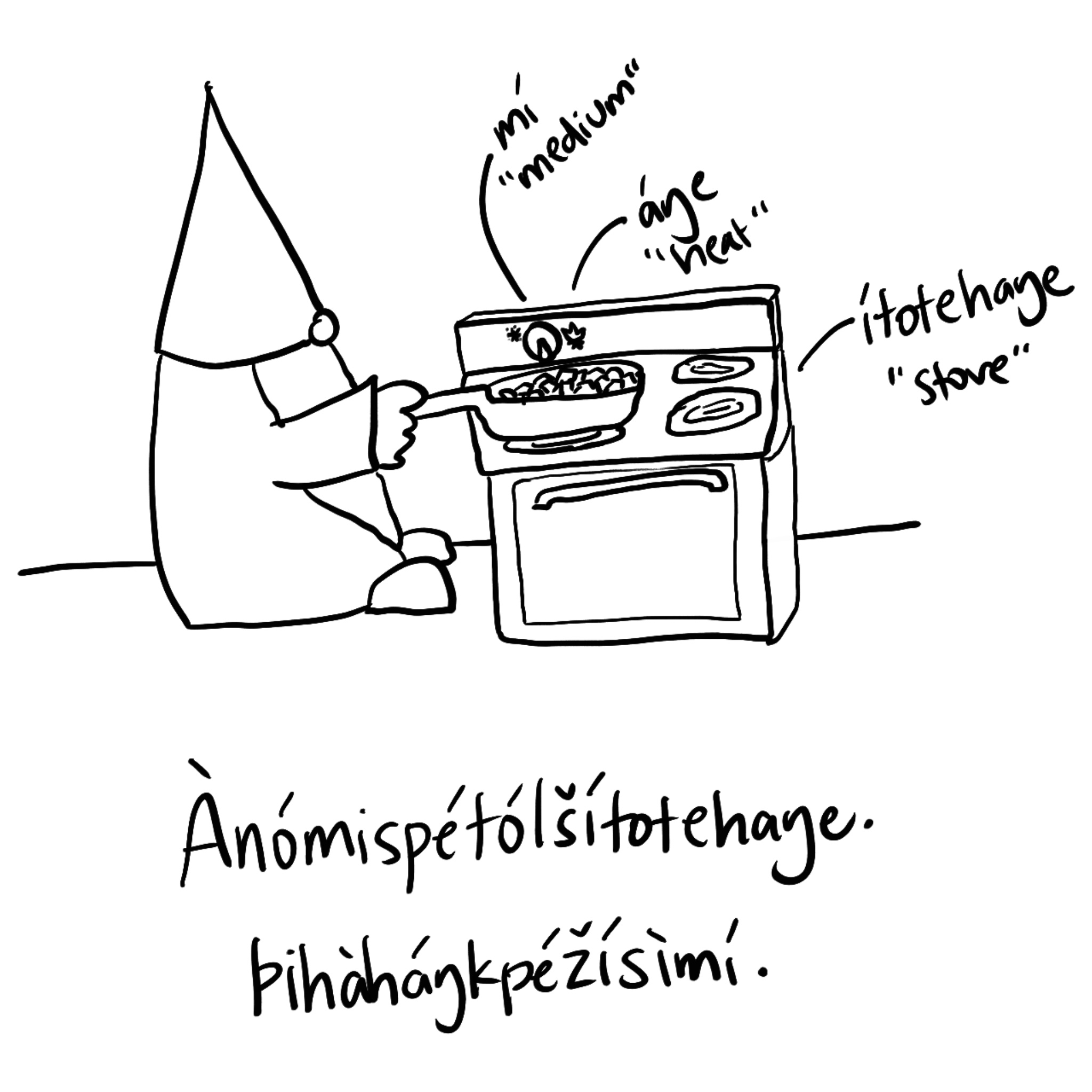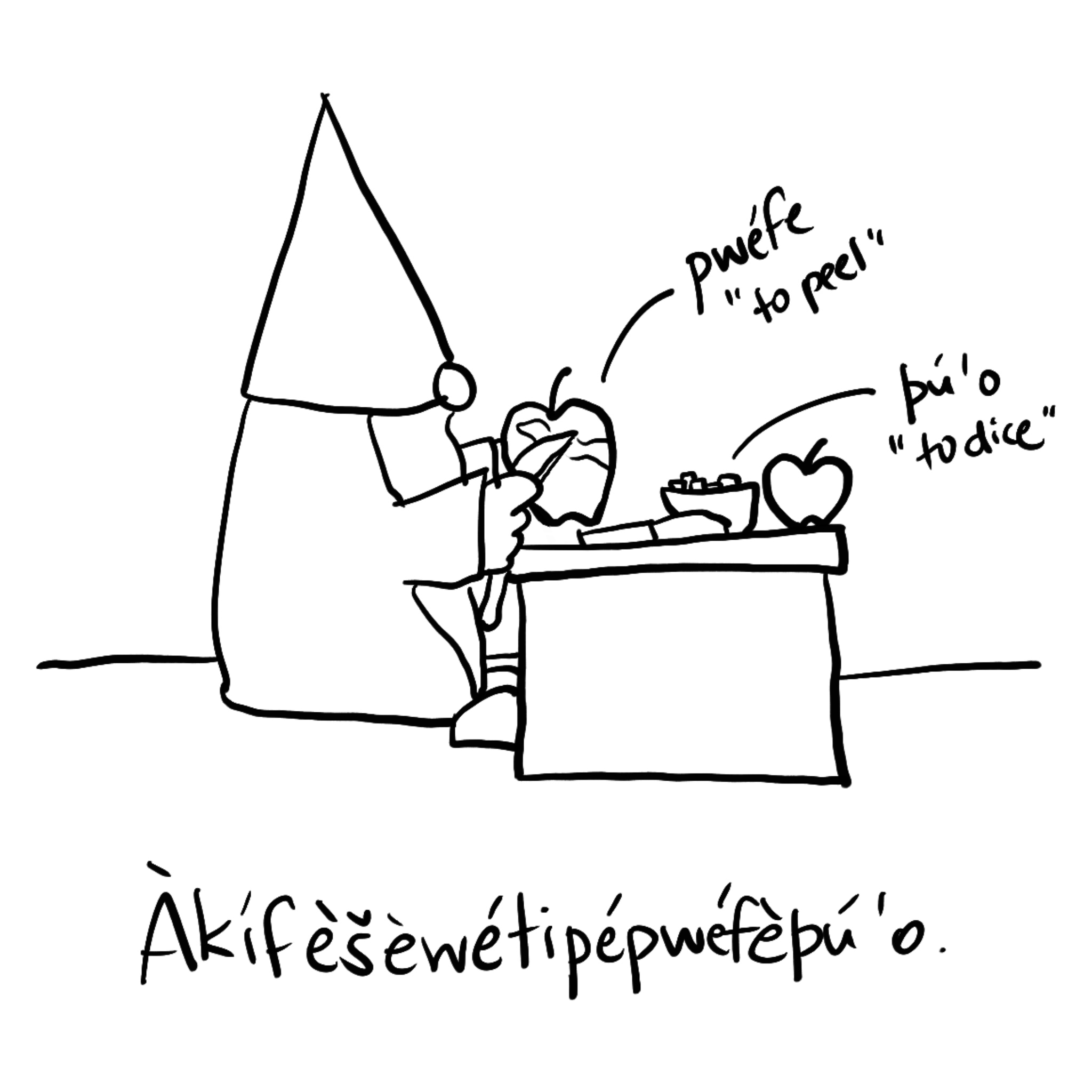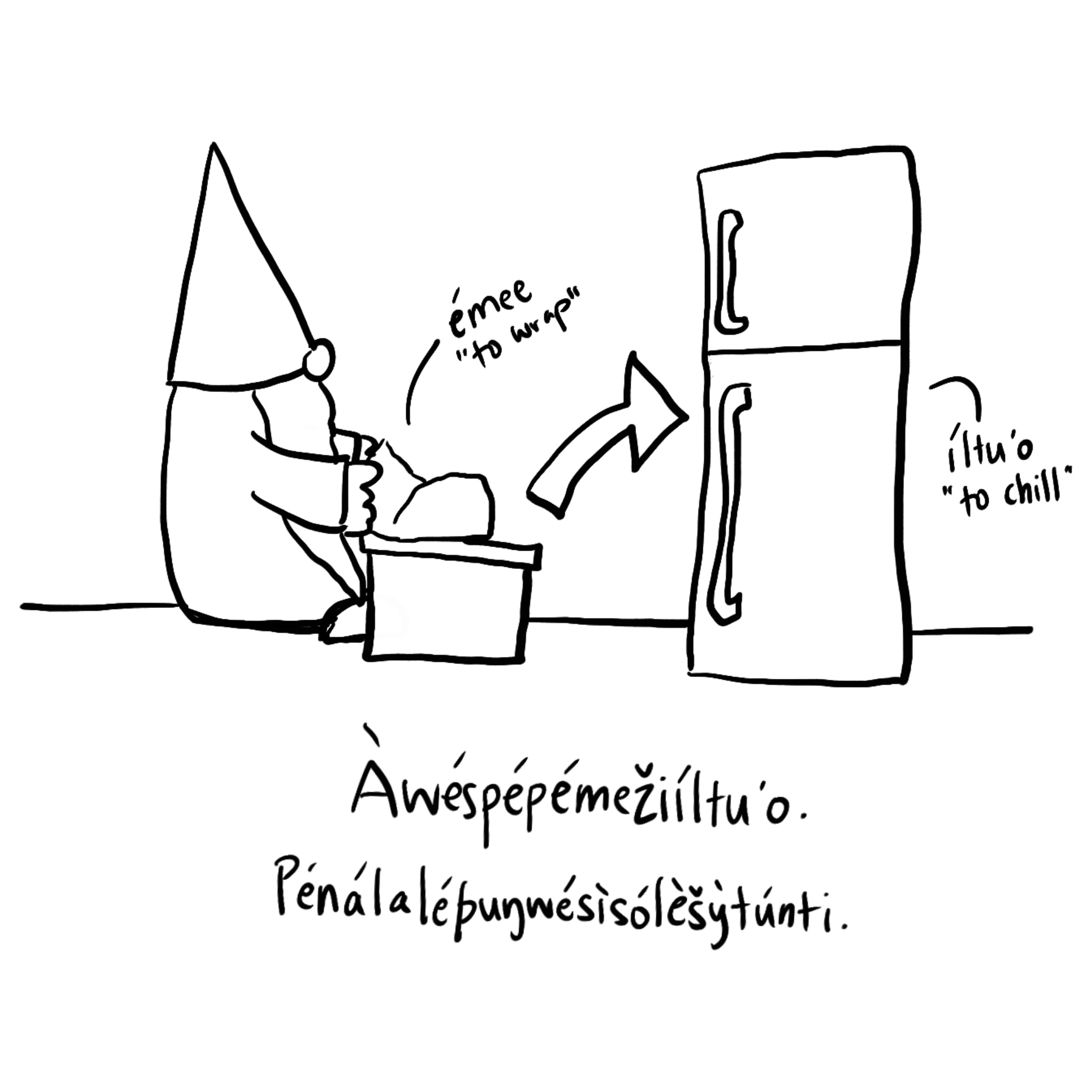
Conlang Year
Conlanging can be overwhelming for even the most experienced conlangers—especially in the beginning stages of a new project when swirling swarms of ideas create a flurry of possibilities. I break the process down into daily prompts for a yearlong experience. One year, one conlang. Join me in making this a Conlang Year!
